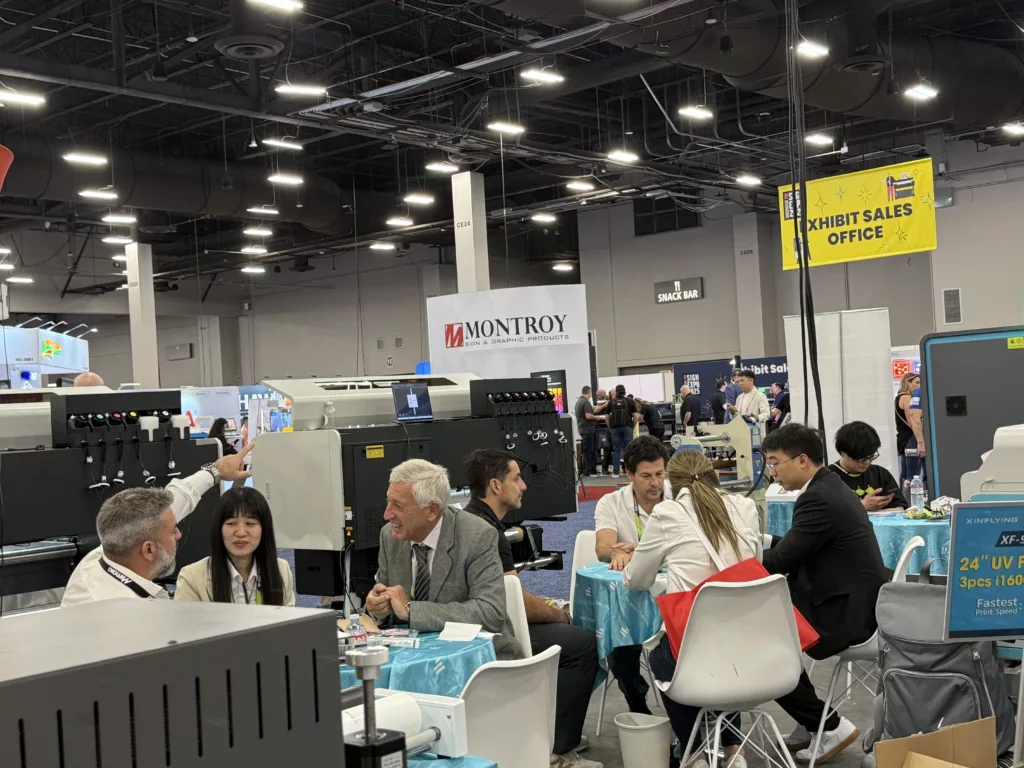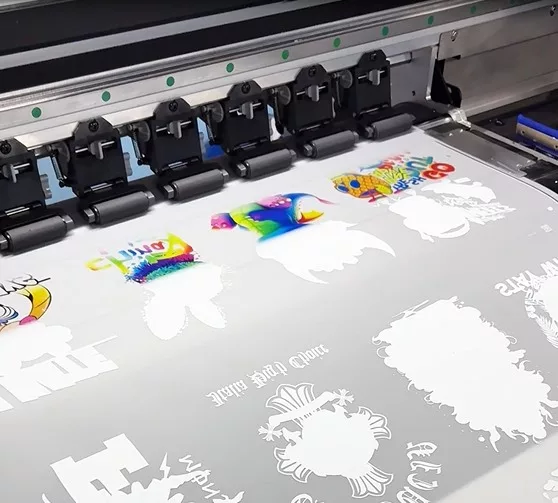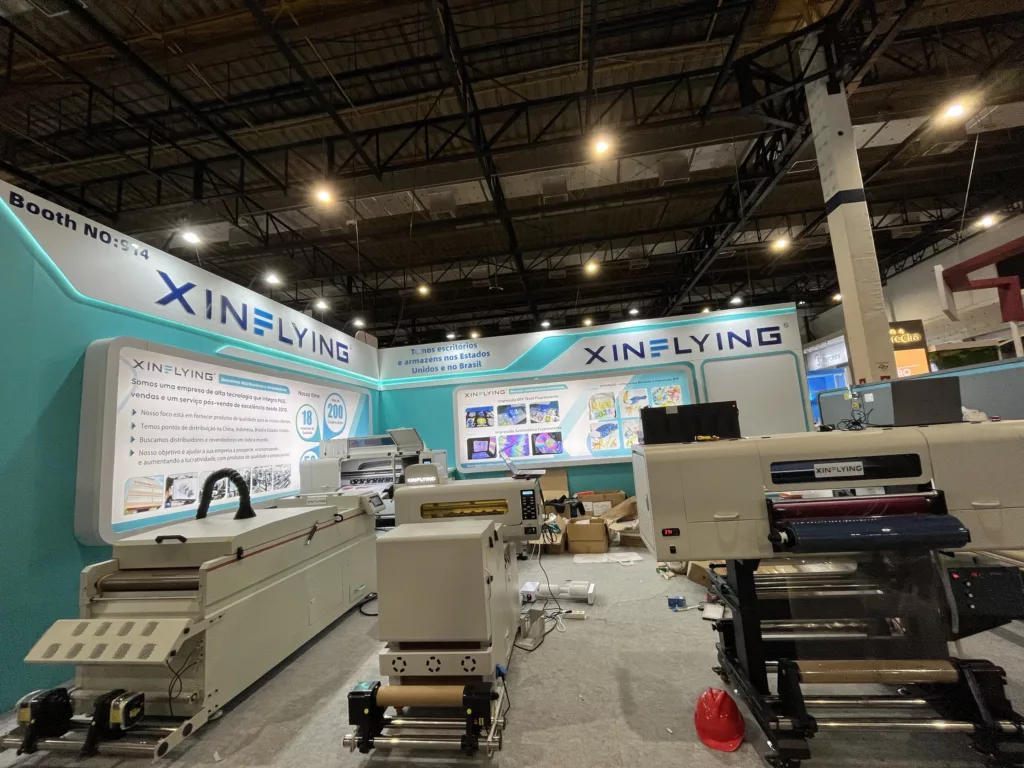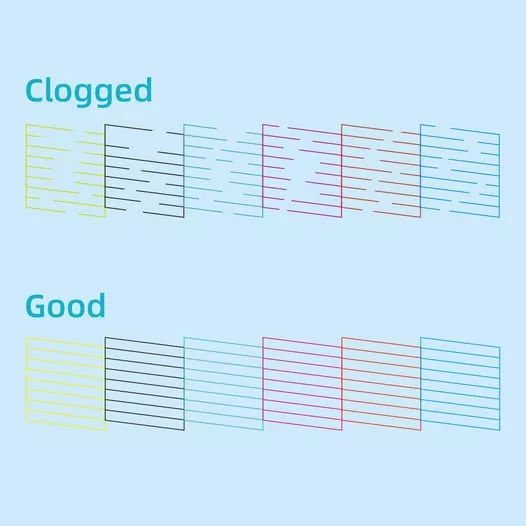
Source: https://www.pinterest.com.au
Sublimation printing is a popular printing technique that requires a specialized sublimation printer to achieve high-quality, long-lasting prints on a variety of substrates. Choosing the right sublimation printer can be a daunting task, with so many manufacturers and models available on the market.
This complete guide to sublimation printers covers everything you need to know, from the different types of printers available to the key factors to consider when making your selection. Whether you are a beginner or an experienced sublimation printer manufacturer, this guide will help you choose the right printer for your needs and achieve high-quality, professional results.
What is Sublimation Printing?
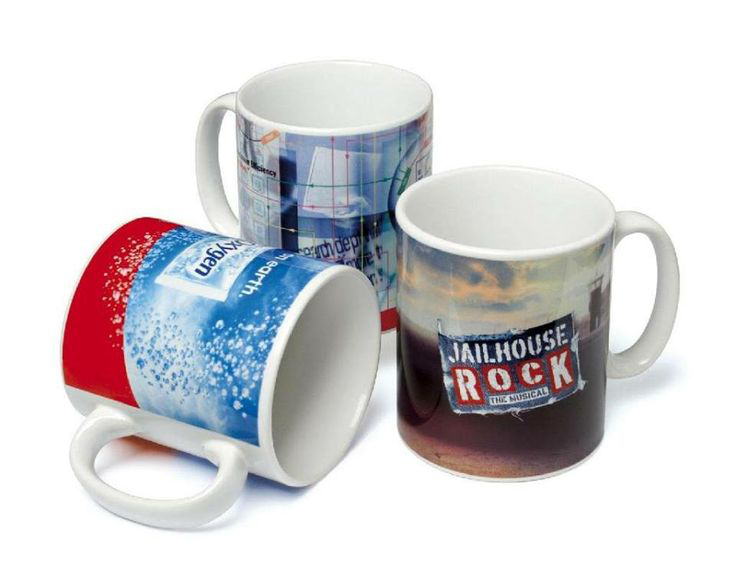
Source: https://www.pinterest.com.au
Sublimation printing is a digital printing technique that involves transferring dye onto a substrate (such as fabric or plastic) using heat and pressure. The process involves printing the desired image onto a specialized transfer paper using sublimation ink, which is a special type of ink that can turn from a solid to a gas without going through a liquid phase.
The transfer paper is then placed onto the substrate and subjected to heat and pressure using a heat press. This causes the sublimation ink to turn into a gas, which then permeates the fibers of the substrate and becomes permanently embedded in the material. The result is a high-quality, vibrant and long-lasting print that is resistant to fading and peeling.
Sublimation printing is commonly used for creating custom designs on apparel, such as t-shirts, hats, and jerseys, as well as on promotional items like mugs, coasters, and phone cases. It is a popular choice for printing on polyester fabrics, but can also be used on other materials such as ceramics, metal, and wood.
Sublimation Printing Process
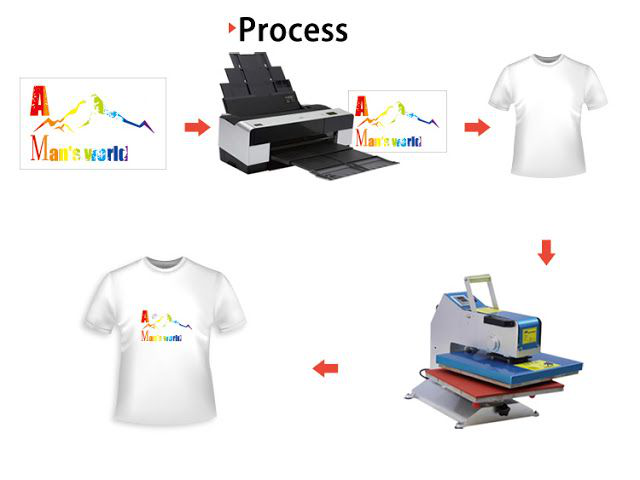
Source: https://www.pinterest.com.au
The sublimation printing process typically involves the following steps:
1. Design
Create or choose a design that you want to print onto your substrate. This can be done using graphic design software or by purchasing pre-made designs.
2. Printing
Print the design onto sublimation transfer paper using a specialized printer that is compatible with sublimation ink.
Preparing the substrate: Preheat your heat press to the appropriate temperature for your substrate. Place the substrate onto the heat press and pre-press it for a few seconds to remove any moisture and wrinkles.
3. Positioning the Transfer Paper
Place the printed transfer paper face down onto the substrate, making sure it is centered and the design is facing the substrate. Secure the transfer paper in place with heat-resistant tape.
4. Applying Heat and Pressure
Close the heat press and apply the appropriate amount of heat and pressure for the recommended time. The heat and pressure will cause the sublimation ink to turn into a gas and permeate the fibers of the substrate, creating a permanent bond.
5. Finishing
Once the time is up, open the heat press and remove the substrate and transfer paper. Allow the substrate to cool and remove the transfer paper. The design should now be permanently embedded into the substrate.
6. Quality Check
Inspect the substrate for any flaws or defects, and make any necessary adjustments or corrections.
Substrates That can Be Used With Sublimation Printing

Source: https://inkteknigeria.com
Sublimation printing can be used on a variety of substrates, but it is best suited for materials that are made of polyester or have a polyester coating. Here are some common substrates that can be used with sublimation printing:
- Apparel
Sublimation printing is commonly used to print designs on polyester-based fabrics, including t-shirts, jerseys, hats, and other clothing items.
- Ceramics
Sublimation printing can be used to print designs on ceramic mugs, plates, and tiles.
- Metal
Sublimation printing can be used to print designs on aluminum, brass, and other metal surfaces.
- Plastics
Sublimation printing can be used to print designs on plastic items, such as phone cases, keychains, and water bottles.
- Glass
Sublimation printing can be used to print designs on glass items, such as photo frames and ornaments.
- Wood
Sublimation printing can be used to print designs on wood surfaces, such as plaques and signs.
Ink and Transfer Paper: How to Choose the Right Ones

Source: https://www.babbel.com
Here are some tips for selecting the correct ink and transfer paper for your intended sublimation printing application:
Consider Your substrate
The type of substrate you plan to print on will play a big role in determining the type of ink and transfer paper you should use. For example, if you plan to print on polyester-based fabrics, you will need ink and transfer paper that are specifically designed for use with polyester.
Check Printer Compatibility
Make sure that the ink and transfer paper you choose are compatible with your printer model. Some printers may require specific types of ink or transfer paper to produce high-quality prints.
Consider the Color Gamut
The color gamut refers to the range of colors that can be produced by the ink. Look for ink and transfer paper that offer a wide color gamut, as this will allow you to achieve more vibrant and accurate colors in your prints.
Look for Fast Drying Times
Some sublimation inks may require a longer drying time before they are ready for heat transfer. For faster production times, look for ink that offers fast drying times.
Choose High-quality Transfer Paper
The quality of the transfer paper can have a big impact on the quality of your prints. Look for transfer paper that has a high release rate and is specifically designed for sublimation printing.
Consider Coating Options
Some transfer papers come with a coating that is designed to improve ink absorption and transfer quality. Look for transfer paper with a coating that is compatible with your ink and substrate.
Look for Value
Consider the cost of the ink and transfer paper when making your selection, but also make sure to choose high-quality materials that will produce the results you want.
Advantages and Disadvantages

Source: https://www.shutterstock.com
Advantages
- High-quality prints: Sublimation printing produces high-quality, vibrant, and long-lasting prints that are resistant to fading and peeling.
- Wide range of substrates: Sublimation printing can be used on a variety of substrates, including polyester-based fabrics, ceramics, metals, plastics, and more.
- Customization: Sublimation printing allows for customization of designs, making it ideal for personalized gifts, apparel, and promotional items.
- No residue: Sublimation printing doesn’t leave any residue on the substrate, making it a cleaner and more environmentally friendly printing method.
- Cost-effective: Sublimation printing is a cost-effective printing method, especially for smaller quantities, as the cost per print decreases as the quantity increases.
Disadvantages
- Limited color range: Sublimation printing has a limited color range, as it can only produce colors that are within the color gamut of the selected ink.
- Limited substrate options: Sublimation printing is only suitable for substrates that are made of polyester or have a polyester coating, which limits the range of substrates that can be used.
- Equipment cost: Sublimation printing requires specialized equipment, including a sublimation printer, heat press, and specialized ink and transfer paper, which can be expensive.
- Learning curve: Sublimation printing requires some skill and experience to achieve the best results, and there is a learning curve involved in mastering the technique.
- Not suitable for dark substrates: Sublimation printing doesn’t work well on dark substrates, as the sublimation ink is translucent and won’t show up well on dark colors.
Creative Possibilities with Sublimation Printing

Source: https://blog.bookbaby.com
Sublimation printing offers a wide range of creative possibilities, making it a popular choice for personalized gifts, apparel, and promotional items. Here are some creative possibilities with sublimation printing:
- Custom Apparel
Sublimation printing allows for all-over printing on polyester-based fabrics, making it ideal for creating custom t-shirts, jerseys, and other apparel items with full-color designs.
- Personalized Gifts
Sublimation printing can be used to create personalized gifts, such as mugs, coasters, phone cases, and photo frames. The possibilities are endless, and you can print anything from family photos to favorite quotes.
Promotional items: Sublimation printing is ideal for creating promotional items, such as pens, keychains, and water bottles, with your company logo or message.
- Signage
Sublimation printing can be used to create signage, such as banners and flags, for events, trade shows, and businesses.
- Home Decor
Sublimation printing can be used to create custom home decor items, such as throw pillows, wall art, and table runners.
- Sports Equipment
Sublimation printing can be used to create customized sports equipment, such as soccer balls, basketballs, and frisbees.
- Pet Accessories
Sublimation printing can be used to create personalized pet accessories, such as pet tags and bandannas.
- Novelty Items
Sublimation printing can be used to create unique novelty items, such as puzzles, playing cards, and magnets.
Common Mistakes To Avoid

Source: https://www.dreamstime.com
Sublimation printing on textiles can be a bit tricky, and there are several common mistakes that can occur. Here are some mistakes to avoid when sublimation printing on textiles:
- Using the wrong fabric
Sublimation printing works best on polyester-based fabrics, so make sure to choose fabric that is at least 50% polyester. Avoid using fabrics that are too stretchy or have a high cotton content, as they may not produce good results.
- Not prepping the fabric properly
Before printing, make sure to pre-press the fabric to remove any moisture and wrinkles. This will ensure that the fabric is flat and ready to accept the ink.
- Not using enough pressure
To ensure a good transfer, the fabric must be pressed with enough pressure. Make sure to adjust the pressure on your heat press according to the recommended settings for your substrate.
- Not using the right ink
Make sure to choose sublimation ink that is specifically designed for use with textiles. Using the wrong ink can result in poor transfer quality and color accuracy.
- Not using the right transfer paper
Choose transfer paper that is specifically designed for use with textiles. Using the wrong transfer paper can result in poor transfer quality and color accuracy.
- Not using the right temperature and time
Make sure to use the recommended temperature and time settings for your heat press. Using too little or too much time or heat can result in poor transfer quality and color accuracy.
Conclusion

Source: https://www.pinterest.com.au
In conclusion, choosing the right sublimation printer is crucial for achieving high-quality, long-lasting prints on a variety of substrates. By considering factors such as printer type, ink type, color gamut, and sheet size, you can select the best sublimation printer for your needs.
Additionally, it’s important to choose high-quality sublimation paper that is compatible with your printer and substrate. For those looking for an alternative to sublimation printing, DTF printers and DTG printers are also options to consider. With the information and tips provided in this complete guide to sublimation printers, you can confidently select the right printer for your needs and achieve professional-grade prints that will impress.




























